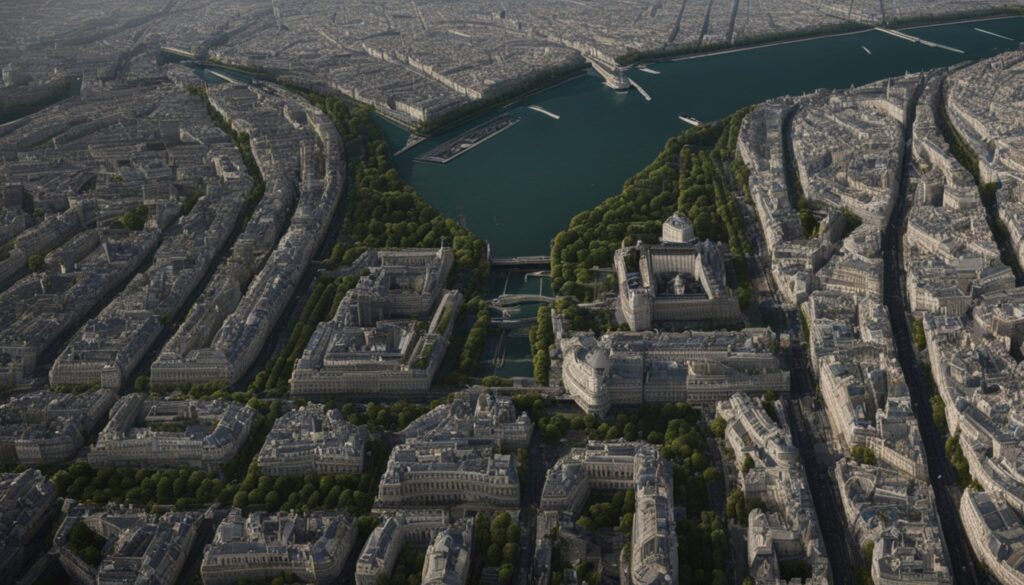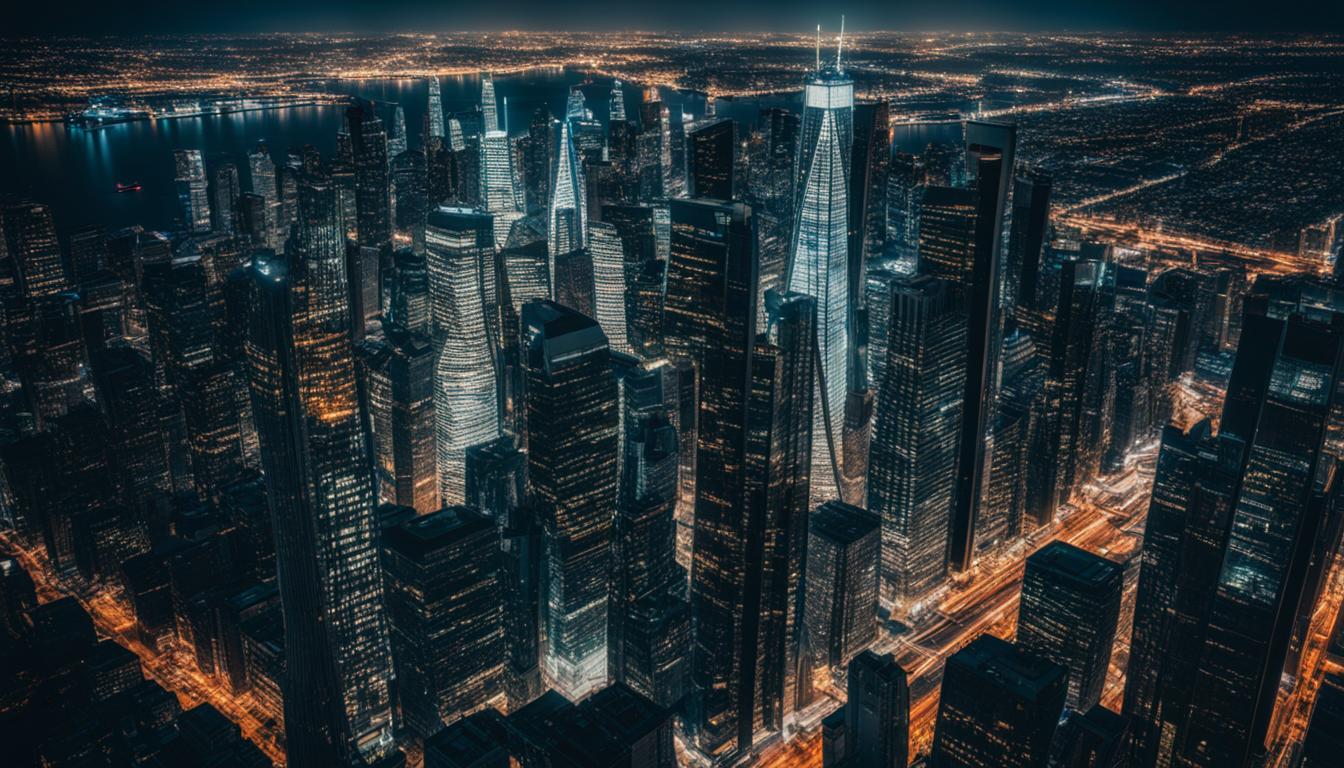During World War I, the French aviation services hatched an ingenious plan to protect Paris from devastating aerial attacks by German bombers. The idea was to construct a fake version of the city, complete with sham streets, railways, and replicas of iconic landmarks, to lure enemy pilots away from the real French capital. This wartime deception was heavily influenced by the aircraft attacks on London in 1917 and Paris in 1918, which prompted military strategists to find creative ways to avoid further bombings.
The plan to build a decoy Paris was shrouded in secrecy for obvious reasons, but it underscores how seriously military planners were taking the new threat posed by aerial bombardment. By creating a convincing replica of the city, the French hoped to confuse German bombers and draw their fire away from the real Paris, sparing countless lives and preserving the city’s architectural treasures.
Key Takeaways
- France devised a plan to build a fake Paris during World War I to protect the real city from German aerial attacks
- The decoy city featured sham streets, railways, and replicas of famous landmarks to fool enemy bombers
- The idea was influenced by devastating aircraft attacks on London and Paris in 1917-1918
- The secret plan highlights the seriousness with which military strategists regarded the new threat of aerial bombardment
- By luring German bombs away from the real Paris, the decoy city aimed to save lives and preserve iconic architecture
The Plan to Create a Fake Paris
During World War I, the French devised an ingenious wartime strategy to protect their beloved capital from German aerial bombardment: the construction of a decoy city. The plan was to create a replica of Paris, complete with neighborhoods, street lights, and even a wooden train that moved along tracks to create the illusion of a bustling metropolis. This elaborate ruse was to be located approximately 15 miles north of the real Paris, near the Saint-Germain-en-Laye forest and the Roissy airport.

To bring this ambitious project to life, the French authorities enlisted the help of Fernand Jacopozzi, an Italian engineer who would later gain fame for his illumination of the Eiffel Tower. Jacopozzi’s task was to use various colored lights and running furnaces to mimic the glow of homes, workshops, and factories after dark, creating a convincing illusion of a thriving city.
The key to the plan’s success lay in the limitations of German aviation technology at the time. Without radar, German pilots relied on nightly attacks to fly undetected, making the strategic use of lights an effective means of misdirecting their bombers. By carefully arranging the fake landmarks and lighting, the French hoped to draw enemy fire away from the real Paris, sparing its citizens and iconic structures from the horrors of aerial bombardment.
Constructing the Decoy City
The construction of the fake Paris was a complex undertaking that required meticulous planning and clandestine engineering. The decoy city featured replica monuments of famous Parisian landmarks, such as the Arc de Triomphe, the Champs-Élysées, and various train stations. These structures were painstakingly crafted out of wood and painted to resemble their real-life counterparts, with translucent fabrics used to mimic the dirty glass roofs of factories.
One of the most challenging aspects of the project was creating the illusion of movement and life within the city. To achieve this, Fernand Jacopozzi, a renowned electrical engineer, devised an ingenious lighting system. He constructed wooden shafts spanning several kilometers, equipped with lights that would progressively illuminate, giving the impression of a moving train. This clever trick was designed to deceive German bombers into believing that the city was bustling with activity.
The location chosen for the decoy city was crucial to its success. The area between Maisons-Laffitte, Conflans-Sainte-Honorine, and Herblay was selected due to its striking similarity to the layout of real Paris. The crossing of the Seine river played a vital role in the deception, as it mimicked the iconic river that flows through the heart of the French capital. By carefully replicating the city’s geography, the engineers behind the project hoped to create a convincing decoy that would draw enemy fire away from the real Paris.
The Fate of WWI Decoy Paris
Despite the ingenious plan and elaborate construction, the fake Paris suburbs were never actually put to the test. The decoy city’s streetlights, replica buildings, and electric “train” were finally completed in September 1918, just as the tide of the war was turning. With the end of World War I approaching and German forces retreating, the last German air raid on Paris occurred that same month before the armistice in November.
In the war’s aftermath, the replica city was deemed unnecessary and swiftly disassembled, its remnants disappearing as the area was built over in the following years. Some considered it a futile wartime deception as it was never directly attacked. However, military historians have noted that the very existence of a decoy Paris likely sowed confusion and doubt in the minds of German military strategists and bomber pilots, even if it was never bombed.
The fake Paris serves as a testament to the lengths that military forces will go to protect their cities and citizens, as well as the vital role that trickery and misdirection can play in wartime strategy. Although it stood for only a short time and was never truly tested, the decoy city retains historical significance as an ambitious and imaginative, if ultimately unutilized, defense project during the world’s first major aerial bombing campaigns in World War I.

Leave a Reply